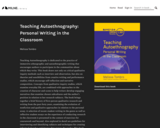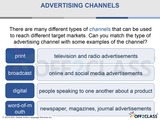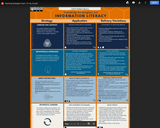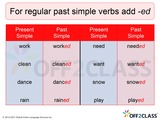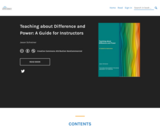Short Description:
“Teaching, Learning, and Assessment Across Disciplines: ICE Stories” is a collection of post-secondary teachers’ accounts of the ways the ICE model has influenced their thinking, their teaching, and their students’ learning. The model, informed by theories of cognition and transformative learning, serves as a framework that offers a conception of learning that resonates with both instructors and students alike. The model is simple without being simplistic and furnishes a vocabulary that serves to clarify thinking about what learning is and what it looks like in a variety of post-secondary teaching and learning contexts. That clarity of thinking and the ability to communicate about learning has enabled the authors of these chapters to become more purposeful in their approaches to teaching and assessment and their students to plan and reflect for their own improvement.
Long Description:
“Teaching, Learning & Assessment Across Disciplines: ICE Stories” is the end product of a collaboration of generous post-secondary educators whose practices have been influenced by the ICE model. Each author contributed a chapter based on their own conceptualization of the model and the ways they’ve used it in their classrooms. They begin by setting the context, either conceptual or instructional, in ways that are likely to resonate with readers’ own teaching and learning experiences. Authors share practical details of their instructional and assessment strategies and the ways that the ICE model has shaped their and their students’ thinking and learning.
This volume isn’t merely a compilation of cases. It represents a process of mutually supportive reciprocal review that the contributors adopted that invited them to meet regularly over time to discuss one another’s conceptions of ICE, adaptations, and applications. They read one another’s chapters, provided peer to peer feedback, and learned with and from one another. Throughout the process, they served as generous, caring, critical friends, forming a community of inquiry.
We acknowledge and appreciate the thoughtful insights provided by the anonymous peer reviewers who shared their time and expertise, and for Katherine Mazurok who oversaw this process from beginning to end. Your support was invaluable. Further, we are especially grateful to Seraphina Seuratan, who thoughtfully formatted and assembled the chapters of the ICE book into a Pressbook, and to Allison Fitzgibbon, our Accessibility Advisor, for ensuring that the book meets AODA standards. We are grateful for these meaningful contributions by these collaborators, without whom, this ICE volume would not have been possible.
Sue Fostaty Young and Meagan Troop
Word Count: 36029
(Note: This resource's metadata has been created automatically by reformatting and/or combining the information that the author initially provided as part of a bulk import process.)



